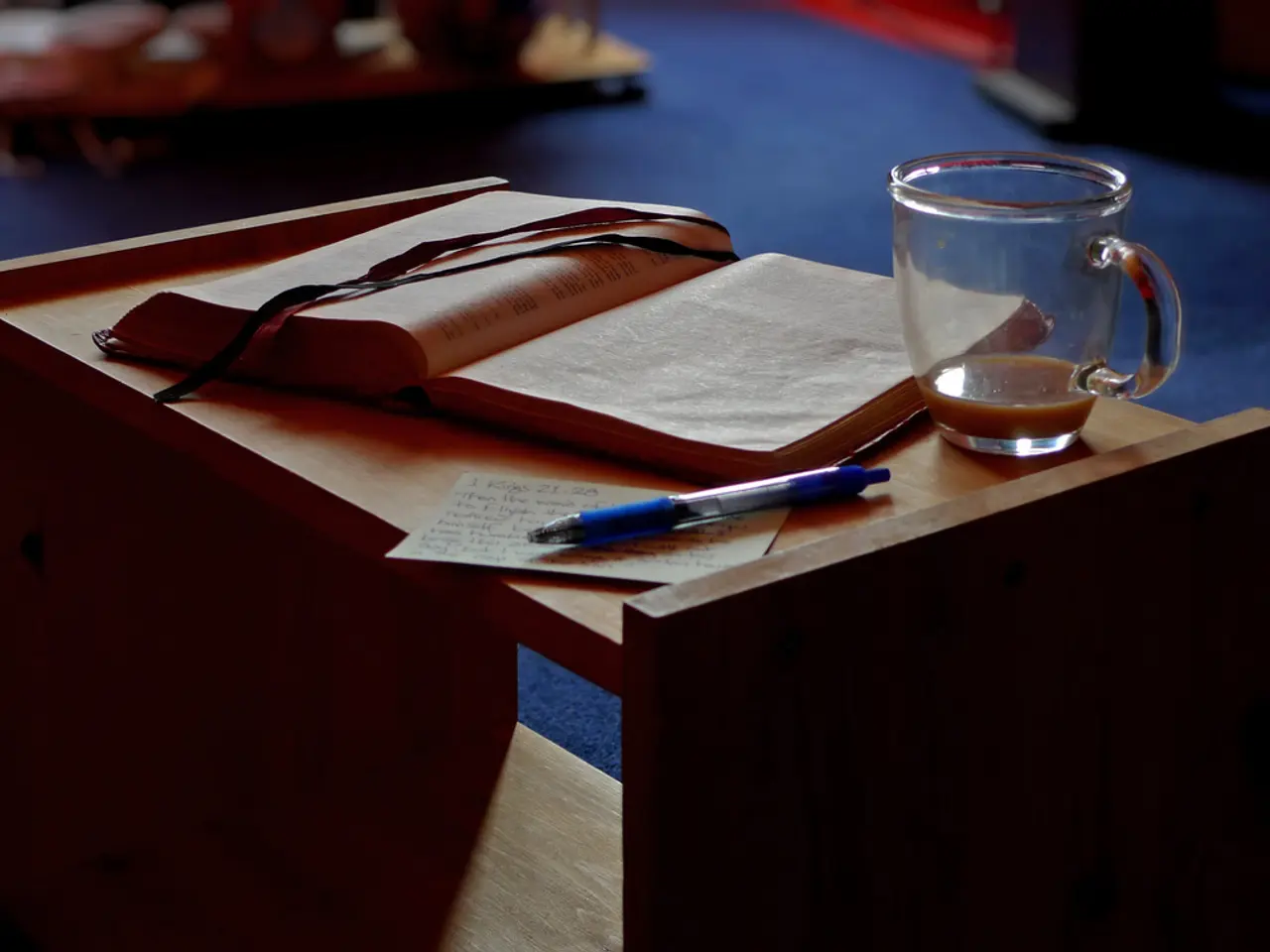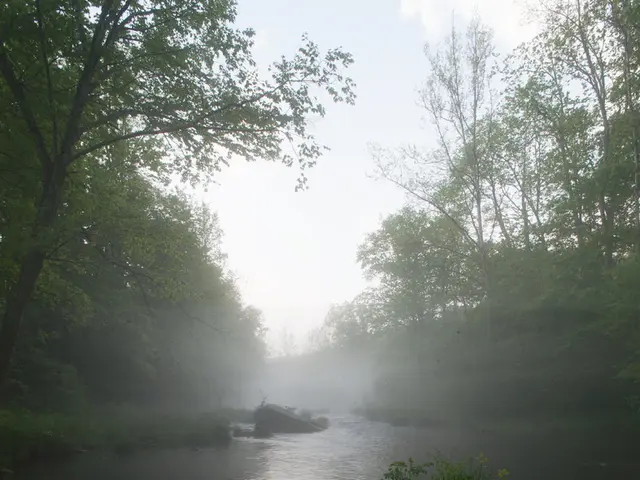Mystery of the Concealed Cavern
In an exciting development for art historians and conservators, a significant discovery has been made during the restoration of a Baroque showcase at the Herzog Anton Ulrich Museum in Brunswick. The discovery, which dates back to 1729/30, has shed new light on the history of Baroque furniture in Northern Germany and the original appearance of the princely vitrines.
During the restoration process, a new digital X-ray machine was used to reveal a document hidden in a secret compartment. This document, now deciphered, reveals the previously unknown creator of the furniture to be Johann Ulrich Staats, a cabinetmaker from Brunswick.
The discovery marks a breakthrough in the research of Baroque furniture in Northern Germany. The findings suggest that the restored vitrines will be presented in their original historical context, showcasing the original collection display of the Duke. This is particularly significant as the expensive wood paneling by Johann Ulrich Staats significantly contributed to the decoration of Brunswick's Residenzschloss in the 1720s.
The use of historical Baroque high-gloss lacquer, confirmed by a laboratory at the FH Erfurt, could change our understanding of the original appearance of the princely vitrines. Dr. Antje Wulf, the conservator and art historian leading the restoration team, described the discovery as "like Master Johann Ulrich Staats reaching out to us."
Ursel Gaßner, head of the furniture restoration department at the museum, shared similar sentiments, stating that the discovery is being hailed as a significant breakthrough in Baroque furniture research. The museum plans to research and restore all four surviving vitrines by the 275th anniversary of the Herzog-Anton-Ulrich-Museum in 2029.
This discovery not only provides valuable insights into the history of Baroque furniture but also serves as a testament to the dedication and hard work of the restoration team. As the restored vitrines are unveiled, they will offer visitors a unique glimpse into the grandeur of the Baroque era in Brunswick.








